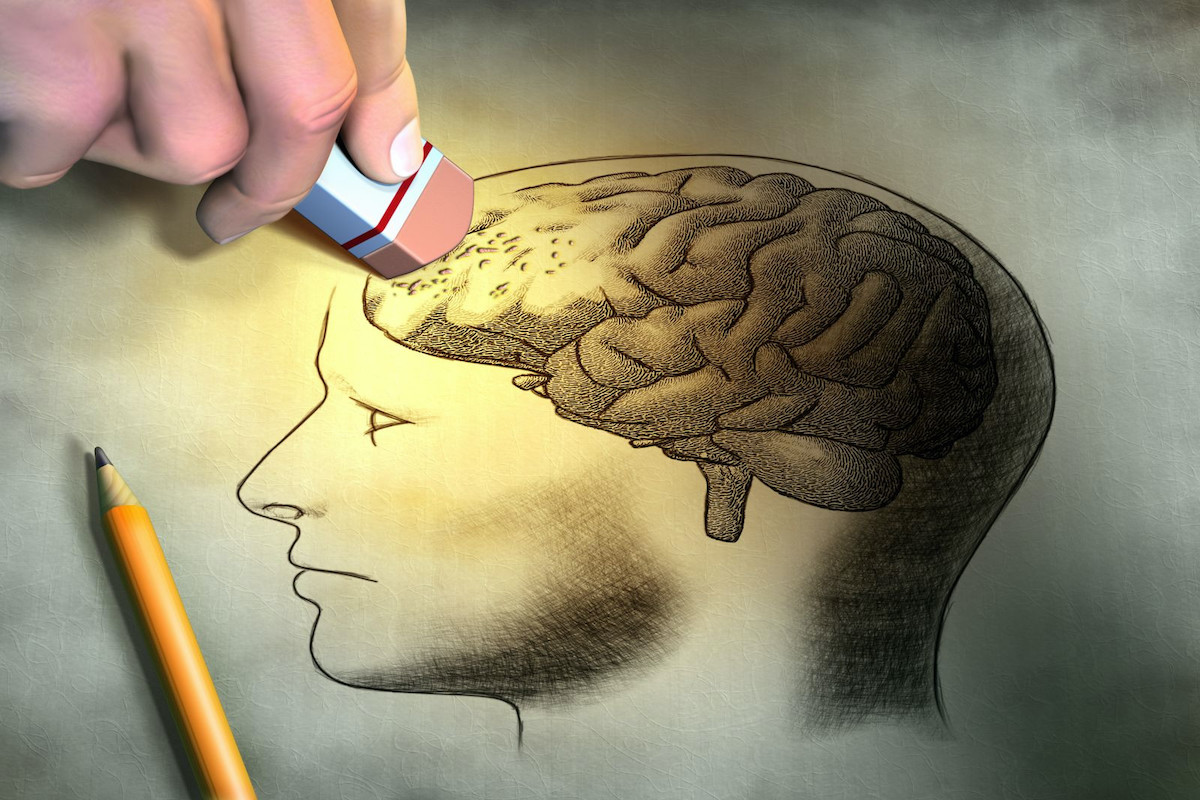Dementia is a severe disease that affects numerous Americans. Currently, approximately 6 million individuals in the United States are living with this condition. As the population ages, this number is projected to increase, with experts estimating that by 2050, there could be as many as 14 million Americans with dementia. This brain disease has a significant impact on individuals, families, and society, making it a critical public health issue that requires attention. While medical research and treatment have advanced, for us, there is still much to be learned about how to recognize it and what you should do next.

What Is Dementia?
Before we tell you what causes this horrendous disease and how you can recognize it, it’s crucial to know what it is. Dementia is an umbrella term for brain conditions that affect the brain and can cause problems with a person’s memory, thinking, and communication skills. It can also affect a person’s behavior and emotions. Dementia can make it difficult for people to do everyday activities and can be frustrating for both the person with the condition and their loved ones.
Causes & Types
Dementia is caused by damage to the brain cells, which affects the brain’s ability to function correctly. This damage can be due to various factors, including age and genetics. One of the most common causes is aging, as our brains naturally undergo changes as we get older. Genetics can also play a role, as some people may have inherited genes that increase their risk of developing it. Other factors include:
- Degenerative neurological diseases, like Parkinson’s disease, and some types of multiple sclerosis
- Vascular disorders, like brain injuries and meningitis
- Excessive substance abuse
- Medical conditions, like diabetes, strokes, and high blood pressure
- Lifestyle choices, like poor diet and lack of physical exercise
While the exact cause of dementia is not always clear, it is often a combination of the above-mentioned factors that work together to damage the brain cells. Unfortunately, the damage caused by these brain diseases is irreversible and worsens over time, leading to a decline in a person’s ability to think, remember, and communicate.
Types of Dementia
As dementia is an umbrella term used to describe a group of conditions that affect the brain and cause problems with thinking, memory, and communication. There are several different types. To make it easier to understand we’ve made an overview of the 5 types, which part of the brain affects, and how it affects the patient’s daily life.
| Type of dementia | Part of the brain affected | Commonality | What it affects | Most common cause |
|---|---|---|---|---|
| Alzheimer's disease | Hippocampus, cerebral cortex | Most common type | Memory, thinking skills, perception, language | Buildup of protein in the brain |
| Vascular dementia | Areas of the brain dependent on blood flow | Second most common type | Decision-making, planning, organizing | Reduced blood flow to the brain |
| Lewy body dementia | Cerebral cortex, hippocampus, brainstem | Third most common type | Thinking, movement, mood, visual hallucinations, sleep disturbances | Buildup of Lewy body proteins in the brain |
| Frontotemporal dementia | Frontal and temporal lobes | Less common type | Personality, behavior, language, movement | Abnormal protein deposits in the brain |
| Mixed dementia | Combination of brain areas affected by different types of dementia | Common in older individuals | Memory, thinking skills, behavior, personality, movement | Combination of factors, such as Alzheimer's and vascular dementia |
Continue reading on the next page and discover, among other, how you can recognize symptoms of Dementia.

